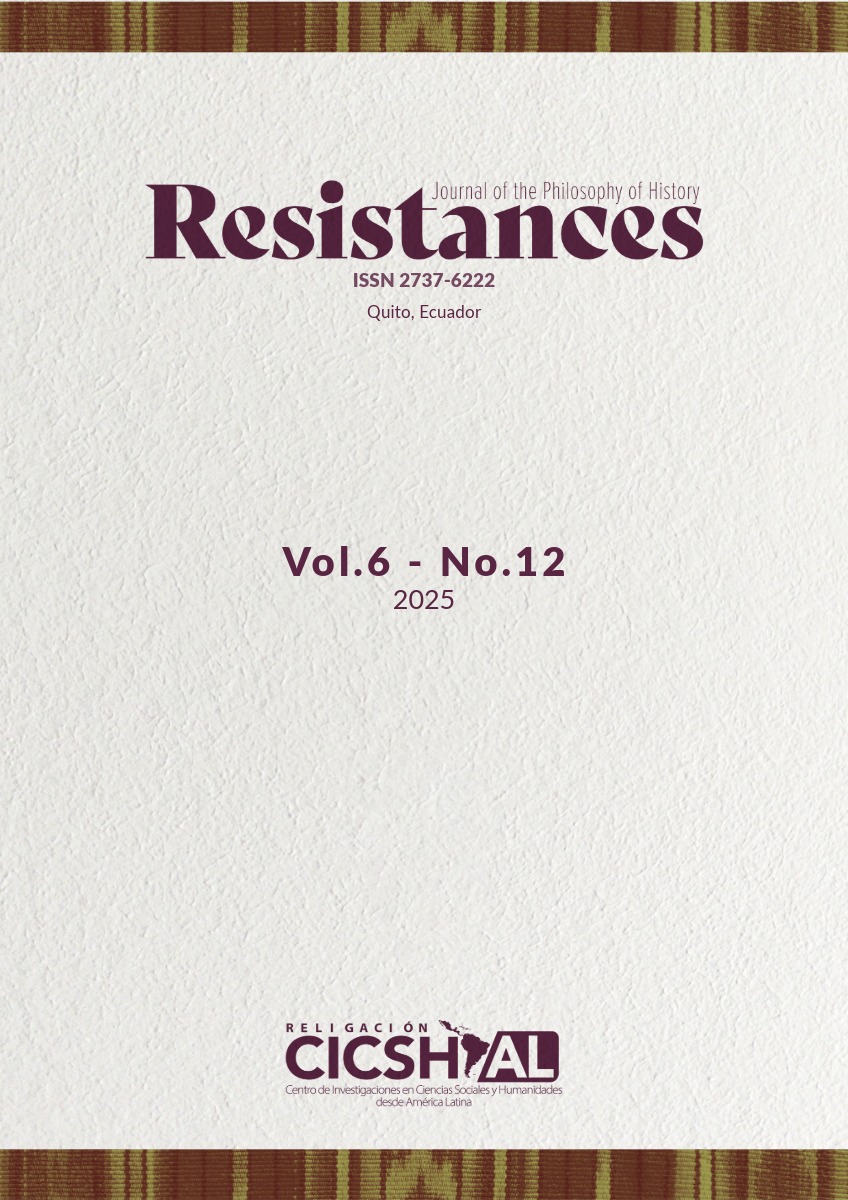Resumo
Este artigo analisa a representação do sacerdote no cinema entre 1930 e 2025, com o objetivo de mapear suas transformações narrativo-simbólicas. A pesquisa analisa qualitativamente filmes significativos de diferentes contextos, empregando ferramentas de hermenêutica fílmica e estudos de recepção. Os resultados mostram três grandes etapas: no cinema clássico (1930–1960), predomina a imagem hagiográfica e apologética; a partir dos anos setenta, o sacerdote aparece marcado pela secularização e pela psicologização da culpa; no período contemporâneo (2000–2025), destaca-se uma pluralidade de abordagens que incluem crítica institucional, exploração de crises existenciais e espiritualidade silenciosa. A análise ressalta ainda como o cinema atua na construção do imaginário social, seja respaldando a autoridade moral da Igreja, seja questionando-a diante de controvérsias contemporâneas. Conclui-se que o sacerdote cinematográfico deixou de ser um símbolo de autoridade religiosa para ser representado como mediador de tensões espirituais e sociais.
Referências
Cáceres Mateus, S. A. (2011). El cine moral y la censura: Un medio empleado por la Acción Católica Colombiana 1934–1942. Anuario de Historia Regional y de las Fronteras, 16.
Clogher, P. (2024). One long kiss: Paul Shrader’s First Reformed and a cinematic theology. Religions, 15(12). https://doi.org/10.3390/rel15121480
Crome, A. (2020). “Wonderful”, “hot”, “good” priests: Clergy on contemporary British TV and the new visibility of religion thesis. Religions, 11(1). https://doi.org/10.3390/rel11010038
DeBona, G. (2009, 17 de agosto). Screening priests: From Spencer Tracy to Ewan McGregor. America Magazine. https://n9.cl/2at8h
DiCerto, D. (s. f.). Sanctity and sacrilege: Catholic priests in film. Catholic Review (Archdiocese of Baltimore). https://n9.cl/rm9zl
Doherty, T. (1999). Pre-Code Hollywood: Sex, immorality, and insurrection in American cinema 1930–1934. Columbia University Press.
Gil de Muro, S. (1956). El cine en la formación sacerdotal. Revista Seminarios, 26(13), 147–157.
Girard, R. (1977). Violence and the sacred. Johns Hopkins University Press.
González Manrique, M. J. (2003). La moral religiosa y el cine español de la Transición (1973–1982)[Tesis doctoral, Universidad de Granada].
González Manrique, M. J. (2013). La imagen del clero en el cine español de la Transición. LibrosEnRed.
Jones, E. M. (2008). The Jewish revolutionary spirit and its impact on world history. Fidelity Press.
Kozie?, J. (2025). The image of monks and the monastic community in the latest Russian cinematography. Religions, 16(3). https://doi.org/10.3390/rel16030351
Lai, Y. H. B. (2024). Representations of Christianity in Chinese independent cinema: Gan Xiao’er’s postsocialist religious critique. Religions, 15(4). https://doi.org/10.3390/rel15040443
Lechuga Valencia, L. (2023). Representaciones de la Iglesia Católica en el cine chileno reciente [Tesis de Maestría, Universidad de Chile].
Linze, L., & Mat Desa, M. A. (2024). Exploring the intersection of religion and cinema: Trends and reflections in contemporary film culture. Journal of Ecohumanism, 3(4), 225–235. https://doi.org/10.62754/joe.v3i4.3500
Makow, H. (2008). Illuminati: The cult that hijacked the world. CreateSpace Independent Publishing Platform.
Malone, P. (2019). Screen priests: The depiction of Catholic priests in cinema, 1900–2018. ATF Press.
Mayward, J. (2023). Viewing Terrence Malick’s A Hidden Life as political theology: Toward theocinematics. Journal of Religion & Film, 27(2). https://doi.org/10.32873/uno.dc.jrf.27.02.02
Moreno Martín, F., Fernández-Villanueva, I., Ayllón Alonso, E., & Medina Marina, J. Á. (2022). Guilt, psychological well-being and religiosity in contemporary cinema. Religions, 13(4). https://doi.org/10.3390/rel13040277
Sanz, J. A. (1995). El cura en imágenes: Perfil del cura en el cine norteamericano. Seminarios sobre los ministerios en la Iglesia, 41(137).
Sanz Ferreruela, F. (2003). El confesor, de los Hermanos Baños (1920): Un singular tratamiento de lo religioso en el cine mudo español. Artigrama, 18.
Soko?owski, A. (2023). Film dilogy about faith, suffering, and illness. Kultura i Edukacja 142(4), 153-164
Xue, B., Wang, Z., Liu, Y., & Song, Y. (2024). Faith in frames: Unveiling therapeutic narratives in religion-related cinema through computational analysis. Frontiers in Public Health, 12. https://doi.org/10.3389/fpubh.2024.1385379
Zwierzchowski, P. (2021). Clergy (Kler) by Wojciech Smarzowski – The image of Catholic priests in Polish movies after 1989. Studia Religiologica, 54(1), 81–94. https://doi.org/10.4467/20844077SR.21.006.13930

Este trabalho está licensiado sob uma licença Creative Commons Attribution-NonCommercial-NoDerivatives 4.0 International License.
Copyright (c) 2025 Juan Antonio Parra Hurtado






